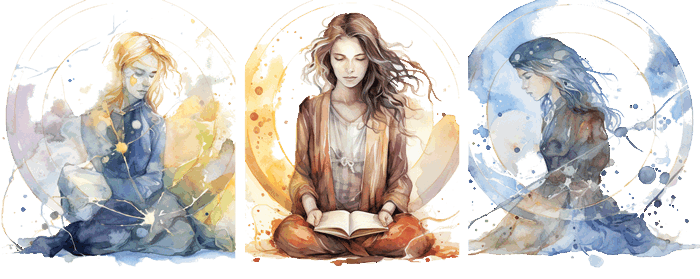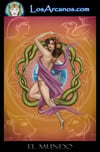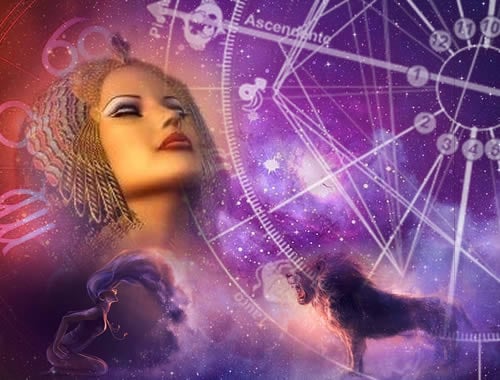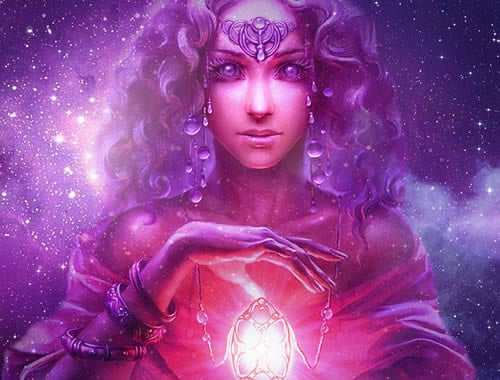
Combination THE EMPEROR, THE HERMIT and THE HANGED MAN
Three-Card Tarot in Combination
Commanding Wisdom Embraces Sacrifice for Enlightenment



The Emperor stands as a symbol of authoritative power and the establishment of order. As the embodiment of paternal influence and worldliness, this card suggests the presence of discipline, control, and leadership. The Emperor points to the concrete actions taken to manifest goals and the enforcement of rules and systems. In a reading, it may signify the need for organization or interaction with figures of authority or powerful institutions.
The Hermit signifies a journey into the self, representing introspection, wisdom, and the quest for deeper truths. This card is associated with a time of solitary reflection, searching for inner guidance, or seeking solitude to ponder life's mysteries. The Hermit also denotes the sharing of knowledge gained through experience. When this card appears, it may call for a period of self-discovery or advice that comes from a place of profound understanding.
The Hanged Man symbolizes a state of suspension and the necessity to see things from a new perspective. This card often suggests sacrifice, letting go of immediate desires, and a period of voluntary pause to gain spiritual or intellectual insight. The image of the Hanged Man, hanging upside-down, indicates a reversal of the usual way of looking at things and potentially a change in priorities. It encourages embracing a period of stillness to achieve clarity.
When The Emperor, The Hermit, and The Hanged Man come together, they weave a narrative of control meeting introspection, and ultimately, the transformative power of release. This trio suggests that authority and structure (The Emperor) may need to be reconsidered or temporarily set aside to allow for a deeper understanding of oneself or the circumstances at hand (The Hermit). To move forward, one might need to embrace a different viewpoint or make a sacrifice (The Hanged Man), letting go of the need for control to achieve a more profound awareness and alignment with one's life path.
The combination advises finding balance between exercising control and embracing the wisdom that comes from contemplation and surrender. It may be a period where growth comes from reassessment of established structures, embracing solitude for wisdom, and accepting that progress sometimes requires a pause and a relinquishment of previous perspectives or methods.

Other 3-Card Combinations:
THE EMPEROR

THE EMPEROR Combinations
Other 3-Card Combinations:
THE HERMIT

THE HERMIT Combinations
Other 3-Card Combinations:
THE HANGED MAN

THE HANGED MAN Combinations

Other interesting 3-card combinations
JUSTICE, TRANSFORMATION and JUDGEMENT



Balancing Karma: Embracing Transformation & Awakening through Judgement
Show Combination
THE MAGICIAN, THE HIGH PRIESTESS and TEMPERANCE



Harmonizing Creativity with Intuition for Equilibrium: The Magician, The High Priestess, and Temperance
Show Combination
THE FOOL, THE MOON and JUDGEMENT



Embarking on a Transformative Journey: Embrace Uncertainty, Intuition, and Awakening with The Fool, The Moon, and Judgement.
Show Combination
THE MAGICIAN, STRENGTH and THE SUN



Empowered Creation: Manifesting Strength with Enlightened Will
Show Combination
THE FOOL, THE SUN and THE WORLD



Journey to Fulfillment: The Fool's Radiant Leap Towards Universal Success
Show Combination
Return to All Card Combinations





